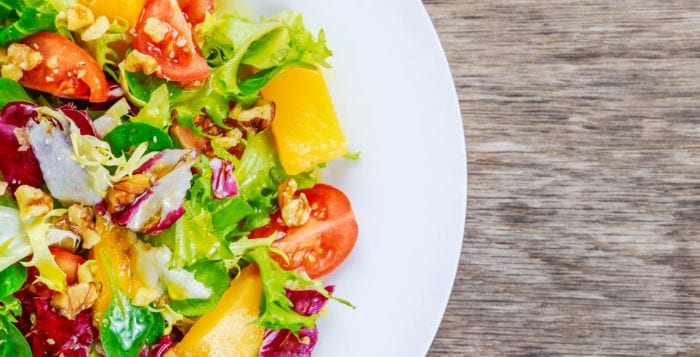Life Lines: Do you know your food’s centers of origin?
By Elof Axel Carlson
In preparation for his work on evolution by natural selection, Charles Darwin in the 1850s studied where domesticated animals came from. He went to hobby shows and looked at pigeons in particular to see where they originated. He claimed all the varieties stemmed from one species, the rock pigeon, Colomba livia. Today that origin is known in more detail, with domesticated pigeons described in both Sumerian and Egyptian writings some 5,000 years ago.
An actual effort to look for centers of origin of plants was made by the Russian botanist and geneticist, Nicolai Vavilov (1887–1943). He proposed five (later extended to eight) centers of origins for cultivated plants. To do this he organized over 100 expeditions that he and his students took to Central and Southeast Asia, the Americas, the Middle East, Eastern Europe and North Africa.
In your salad there might be lettuce (Mediterranean), tomato (South America), pepper (South America) and spinach (Central Asia). Your vegetables might include carrots (Central Asia), asparagus (Mediterranean) and maize (South America). For dessert you might enjoy bananas (Indo-Malaysian), apricots (Middle East) and oranges (India). Your cereals might include barley (Near East), wheat (Central Asia), oats (Mediterranean) and rice (Far East).
Humans did most of their domestication of foods from wild ancestors between 5,000 and 15,000 years ago. They shifted from hunting and gathering to farming and used selection to save the seeds of their favored plants and bred their favored animals to produce the hundreds of varieties of living things that clothed them, amused them, protected them and fed them. It was not until the 20th century that the genetics behind the selection process was understood and could be used (especially in agriculture schools) to accelerate the number of varieties of food that we see in a supermarket.
Vavilov became the equivalent of the secretary of agriculture in the USSR and collected 375,000 varieties of seeds that he housed in Leningrad (now Saint Petersburg). During the siege of Leningrad in World War II, those seeds were protected although several of those protecting them died of starvation.
Vavilov was arrested in 1940 by his foes who did not accept genetics on ideological grounds and he died in Saratov prison. After Stalin’s death, his critics were deposed and Vavilov’s reputation was revived and his home institute was renamed in his honor.
Vavilov was the founder of the first seed bank, and that model became the basis for the first gene bank during the era of molecular genetics and genome sequencing in the late 20th century.
Today the study of the genomes of agricultural plants is a thriving field with the ancestry of each animal or plant type worked out in exquisite detail. It allows geneticists to create new varieties to meet the needs of different environments.
Elof Axel Carlson is a distinguished teaching professor emeritus in the Dept. of Biochemistry and Cell Biology at Stony Brook University.







